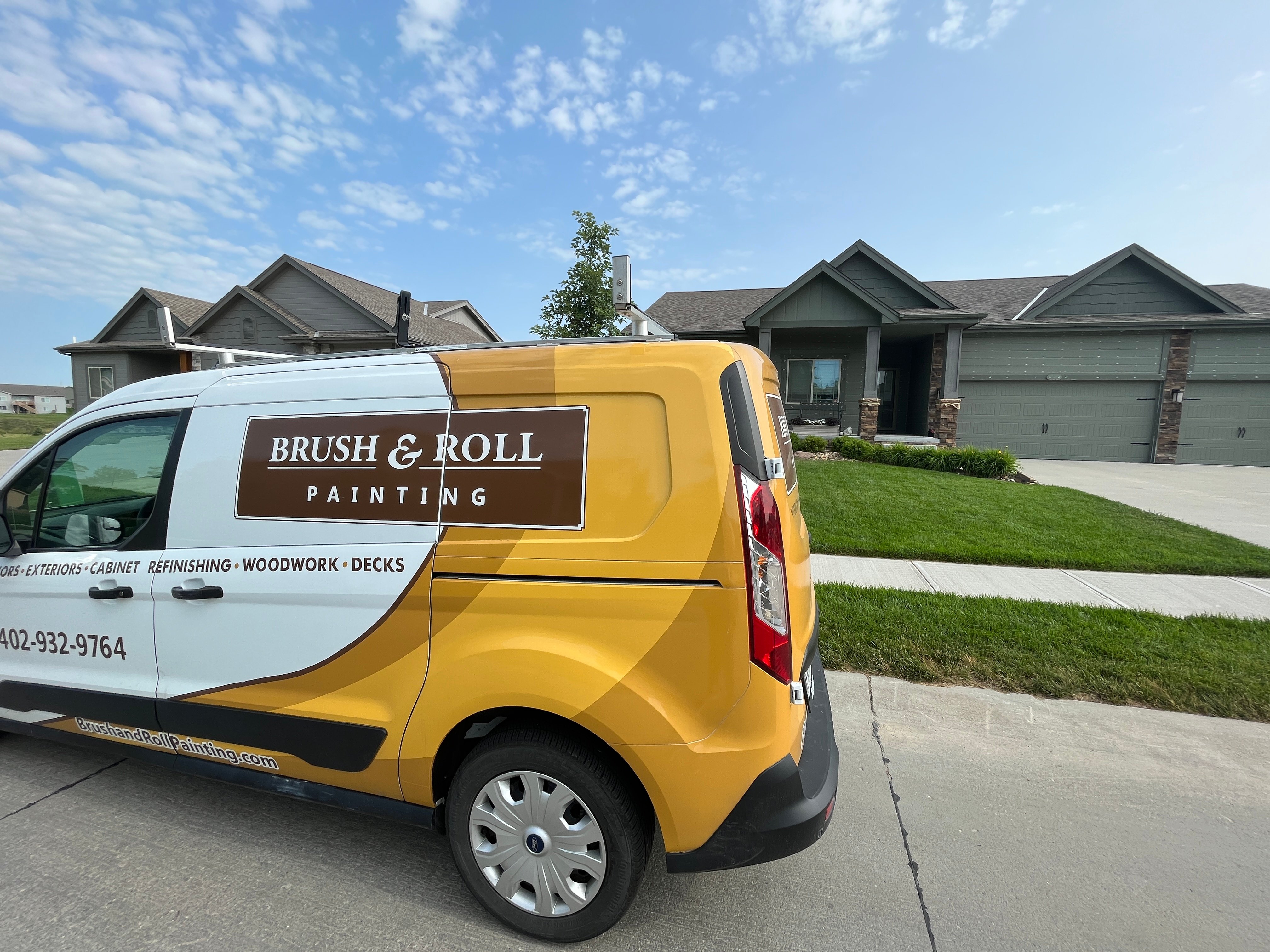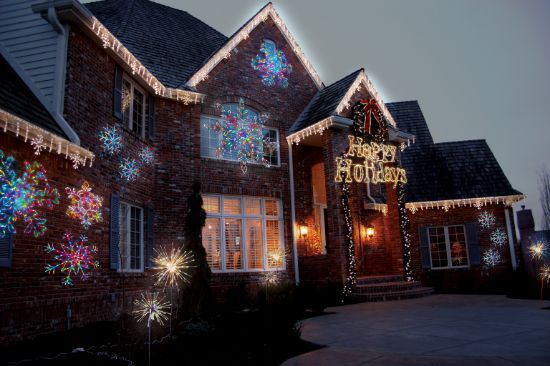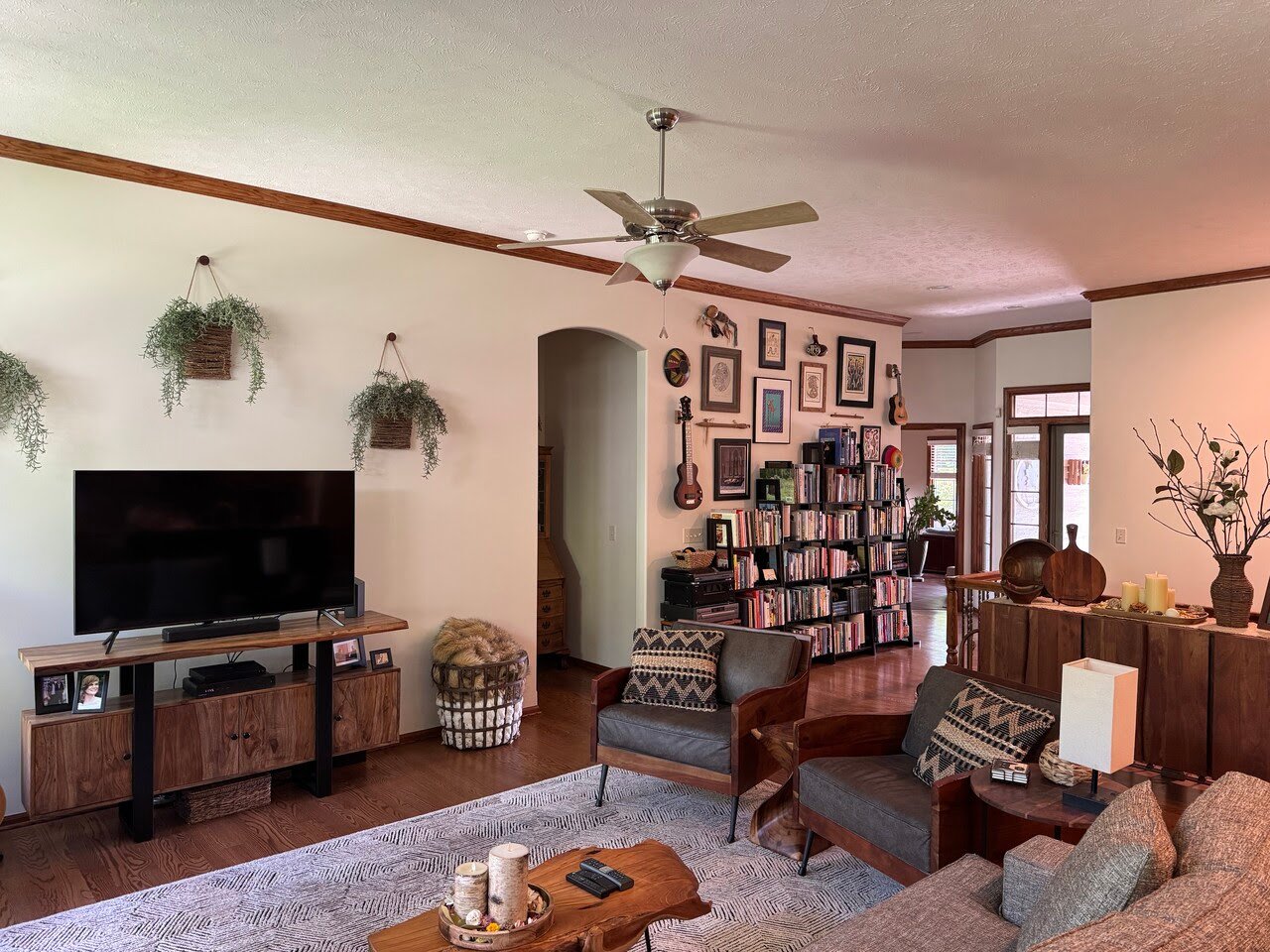Do You Have to Take off Cabinet Doors & Drawers Before Painting?
August 25th, 2025
5 min read
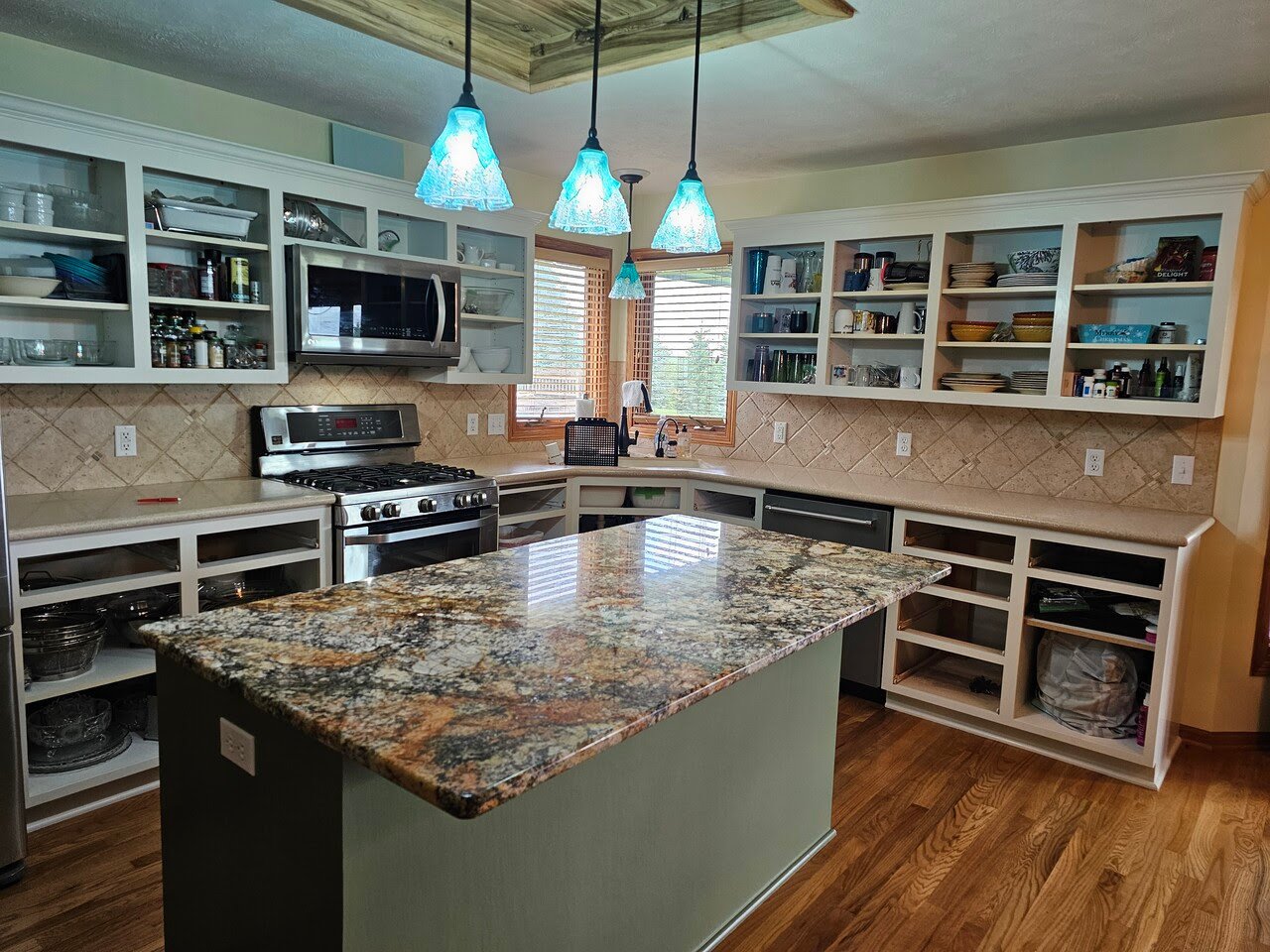
You're thinking about painting your kitchen cabinets. Maybe they're outdated, maybe they’re just showing wear. Either way, you’re ready for a change. But as you start researching or talking to painters, you notice something odd. Some contractors plan to remove all the doors and drawer fronts to spray them separately. Others leave them right in place. So now you're stuck wondering… which is right?
You don’t want to overpay or make the process harder than it needs to be. But you also don’t want peeling paint, brush marks, or sloppy corners. So do you really need to take off the doors and drawers to get a good finish, or is that just something some painters do for show?
At Brush & Roll Painting, we’ve been working on Omaha homes since 1996. We specialize in refinishing cabinets and know how much of a difference proper prep makes, especially when it comes to things like removing doors and drawers. We’ve seen jobs where the cabinets looked great at first, but didn’t last because the painter cut corners. And we’ve also helped fix some of those projects.
We’re not here to sell you on any one method, but we are going to explain why this decision matters more than it may seem.
By the time you’re done reading, you’ll know:
- Whether or not you should remove cabinet doors and drawer fronts before painting
- Why some painters skip this step
- What can go wrong if they do
- What to ask painters during the quoting process
- How to decide what matters most for your project
You’ll walk away with a clear understanding of what leads to a longer-lasting, smoother cabinet finish, and what to avoid when hiring a painter for your home.
Why Removing Cabinet Doors and Drawer Fronts Matters
Painting cabinets is different from painting a wall. Cabinets are high-touch, high-traffic surfaces. You’re constantly opening and closing them and brushing against them. That means the paint needs to be stronger and more evenly applied, and that’s much harder to do with doors and drawers still attached.
When painters remove cabinet doors and drawer fronts (or the entire drawer if needed), it allows them to:
- Spray both sides evenly with no drips or missed areas
- Avoid brush marks or roller texture
- Get a smoother, more durable finish
- Paint around the hinges and edges cleanly
- Let each piece cure flat and undisturbed
And it’s not just about looks. Paint applied to cabinet doors without proper removal can chip, crack, or peel sooner than it should, especially around the edges or hardware.

Why Some Painters Leave Cabinet Doors and Drawers In Place
That said, not everyone removes them. And there are a few reasons why some painters choose to paint with everything still attached:
1. It Saves Time
Removing, labeling, storing, and reinstalling cabinet doors and drawers adds hours, or even days, to a project. Some painters offer faster turnarounds by skipping this step.
2. It Saves Money
Fewer hours on the job mean a lower price. If a painter is offering a low quote, there’s a good chance this is one of the steps they’re cutting out.
3. Homeowners Don’t Always Know to Ask
Many homeowners are unaware that this is even a part of the process. If a painter doesn’t bring it up, it may be overlooked altogether until the results show later.
What If You Leave Cabinet Doors and Drawers on When Painting?
Let’s say you hire someone who paints your cabinets without removing the doors or drawers. What might you notice over time?
- Peeling or cracking around the edges: Paint can build up at the seams, then break off when the door or drawer is used repeatedly.
- Uneven texture: A roller or brush used vertically may leave ridges or drag marks.
- Paint on the hinges or inside edges: It’s hard to avoid overspray or brush overlap when the doors are attached.
- Missed spots: The back edges of doors, along the bottom edge, and areas near hardware may not be fully coated.
- Reduced durability: Paint won’t stick as well if it’s applied over moving parts or surfaces that can’t be properly cleaned and prepped.
Most of these problems won’t be obvious right away. But give it 6 months or a year, and you may start to notice the finish just isn’t holding up. Then you're back to square one, either living with the flaws or paying for a redo.
What’s the Best Way to Paint Cabinets?
There’s no single method that fits every project, but here’s what we’ve found works best over time for durability, appearance, and client satisfaction:
- Remove all cabinet doors and drawer fronts (or drawers entirely if fronts can’t be removed cleanly)
- Label and map every piece so they go back in the right place
- Spray the doors and drawers horizontally in a dust-free spray booth
- Clean and prep each surface properly before priming and painting
- Use a high-quality, hard-curing product designed for cabinets, not walls
This kind of process isn’t the fastest or cheapest, but it gives a smoother finish and helps the cabinets last longer without chipping or fading.

How To Paint Cabinet Boxes
Good question. While doors and drawers are removed and sprayed, the cabinet boxes (the part that stays attached to the wall) are usually painted in place. But that doesn’t mean they’re neglected.
For a high-quality cabinet painting project, painters should still:
- Protect all surrounding areas carefully
- Use the same durable products on the boxes as the doors
- Sand, prime, and apply multiple coats
- Caulk or fill gaps as needed
- Spray or brush with care for a consistent look
Done right, the boxes should match the finish of the doors almost exactly.

What to Ask A Cabinet Painter Before Hiring
If you’re in the process of getting quotes or talking to painters, here are some simple, direct questions to ask:
- Will you remove the cabinet doors and drawer fronts before painting?
- Will the doors be sprayed or brushed?
- Where will they be painted? On-site or off-site?
- Will the boxes be painted in place?
- How will you make sure the finish is even and consistent across all surfaces?
- What products do you use on cabinets?
- How long should this finish last?
You don’t have to be a cabinet expert. Just asking these questions will help you figure out who’s taking shortcuts, and who’s putting in the time and effort to do it right.
Cabinet painting is a smart way to refresh your kitchen without the cost of a full remodel. But it only pays off if the finish holds up. In Omaha, our dry winters and humid summers can put extra stress on painted cabinets, especially around joints, seams, and moving parts.
That’s why removing cabinet doors and drawer fronts before painting isn’t just a detail, it’s a smart way to protect your investment.
Cabinet Painting in Omaha, NE
If you want a smooth, lasting, professional-looking finish that holds up over time, it’s absolutely worth it to remove doors and drawers before cabinet painting.
Some painters will say it’s unnecessary or not worth the trouble. Others remove everything and take the time to prep and spray it properly. Now that you’ve read this, you know why it matters and what to look for when hiring someone for your project.
At Brush & Roll Painting, we’ve been helping Omaha homeowners with cabinet refinishing since 1996. We believe in doing things the right way, with the right prep, and using the right products. If you’re getting ready to paint your cabinets, click the button below to get a quote.
And before you start your cabinet project, whether you DIY or hire someone, be sure to download our free Cabinet Painting Project Checklist. It will help you keep track of what questions to ask, what steps should be taken, and what quality really looks like.
Kaylea is the Brush & Roll Painting Content Manager. Kaylea is a Journalism and Media Communications summa cum laude graduate with a minor in Marketing from the University of Nebraska at Omaha. Kaylea manages the marketing for Brush & Roll Painting.
















-Jul-23-2025-02-21-33-5468-PM.png?width=800&height=418&name=Blog%20Post%20Image%20Size%20(2)-Jul-23-2025-02-21-33-5468-PM.png)


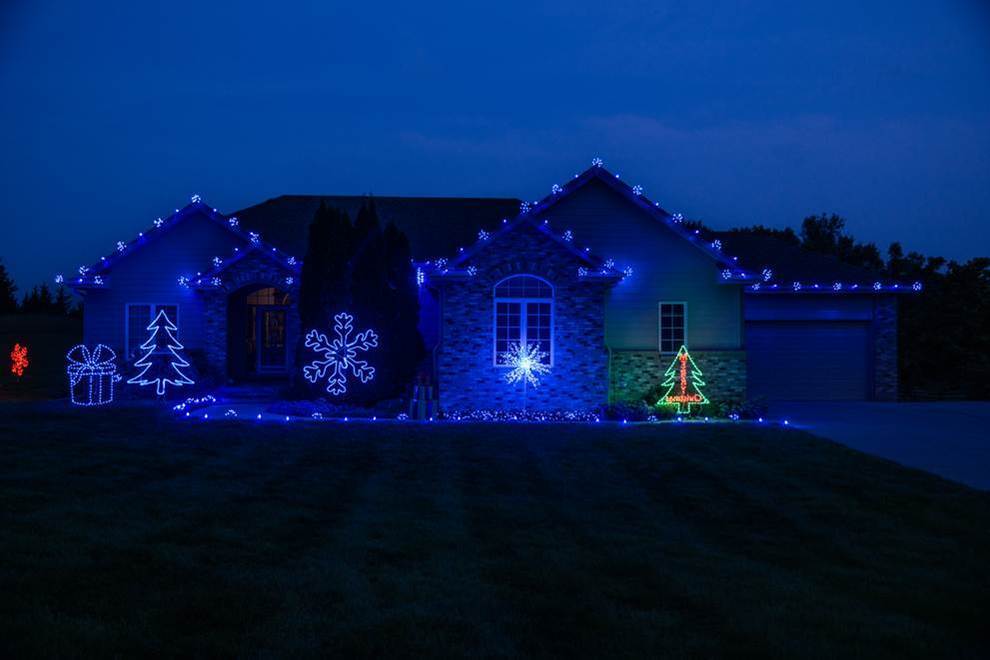
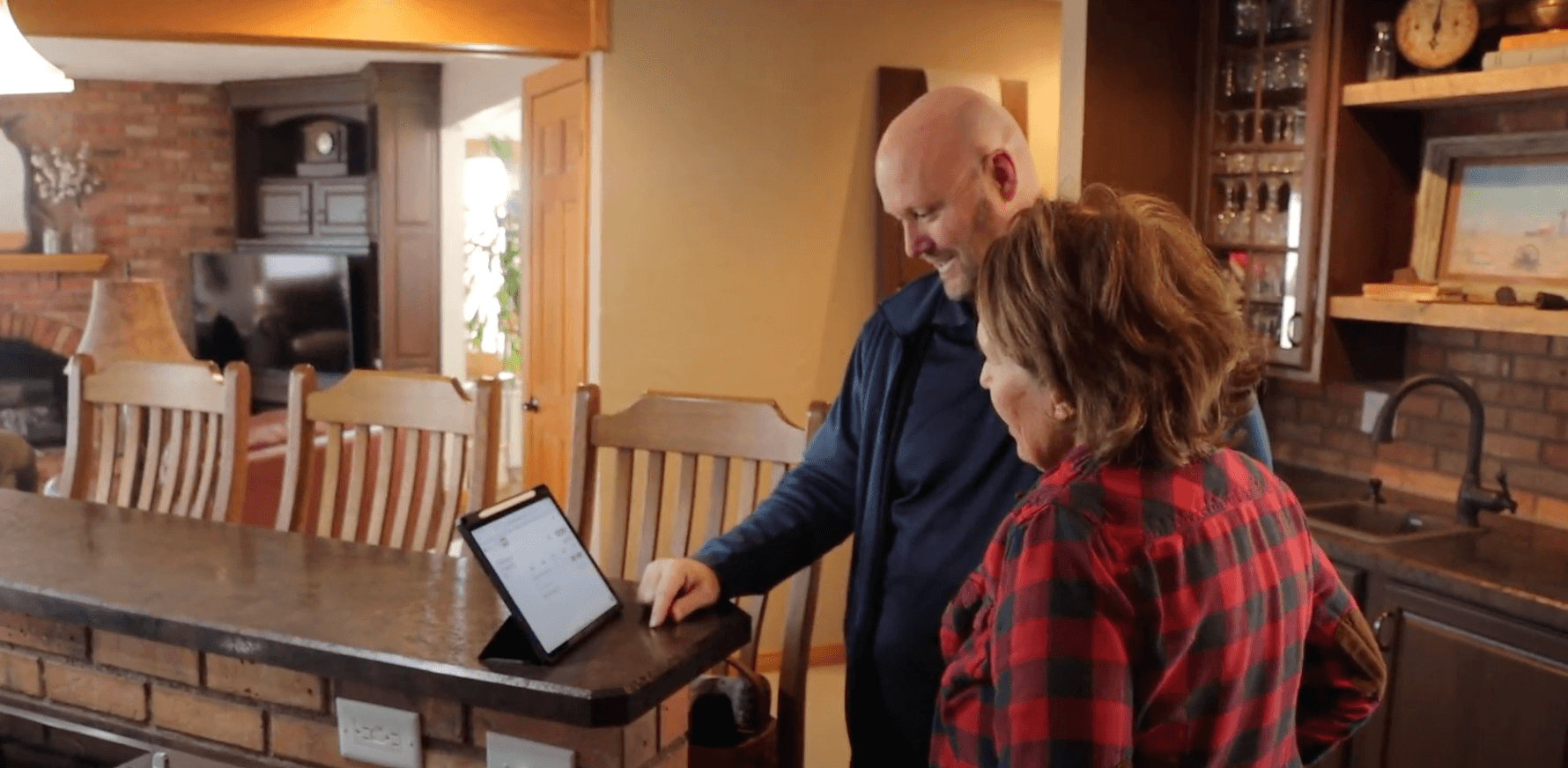
-Oct-22-2025-01-39-19-5208-PM.png?width=800&height=418&name=Blog%20Post%20Image%20Size%20(1)-Oct-22-2025-01-39-19-5208-PM.png)
